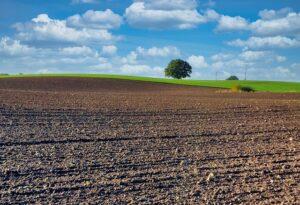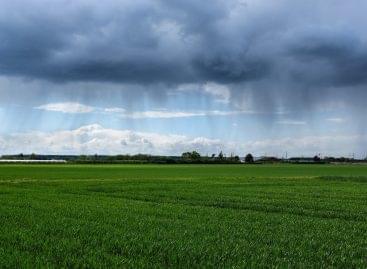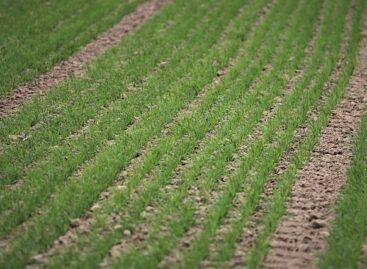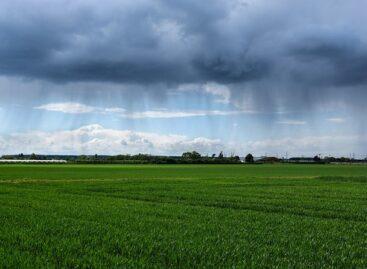The Great Plains would need the rain in May
There has been no significant rainfall in the Great Plain for a long time, the upper layer of the soil here has already dried up, so the sown corn would need rainfall – the National Meteorological Service wrote in its agrometeorological analysis on Thursday.

(Photo: Pixabay)
It was written that at the beginning of the week, considerable rain fell in many places in Transdanubia, the amount of precipitation that fell during the last five days exceeded 10 millimeters only in Transdanubia and in the central part of the country, while little or no rain fell in most parts of the country. The precipitation amount of the last 30 days in the north, especially in the northwest, is significantly higher than the long-term average by 40-60 millimeters, while mainly in the Tiszántúl region it falls short of it by 15-30 millimeters. The top half-meter layer of the soil in those areas where at least 10 millimeters of rain did not fall has lost its moisture content, but it still contains a sufficient amount of moisture. However, the moisture content of the soil layer close to the surface, especially in the Great Plains, has already fallen below the critical level in large areas.
The temperature in the last week of April was 2-5 degrees Celsius lower than the usual values at this time. The average temperature in April was 1-2 degrees, and the amount of monthly sunlight was 30-50 hours below the long-term average, they wrote.
Autumn crops are in good condition
The winter wheat has started to sprout, the barley is already earing, and the canola is in full bloom. They have sufficient moisture in the soil and the temperature is more or less suitable, but sudden high heat would not be ideal. At the same time, due to the persistent wetness of the leaves in recent weeks, pathogens also multiplied rapidly, they said.
The sowing of the summer crops was delayed due to the cold and then a lot of rain, but most of the sunflowers and corn are already in the ground,
Rainfall would be needed in the Great Plains
The top few centimeters of the soil, where the seeds and small plants are located, has now dried out. Most of the fruits are already past flowering, quinces are currently still blooming. Several varieties suffered from the frosts at the end of March and beginning of April, and the rainy weather was not conducive to pollination, but rather to diseases.
The value of the latest vegetation index for the second half of April, showing the “greenness” of the surface, increases continuously in rainy weather
The value of the index is much higher than the long-term average throughout the country, except in the forests of the higher mountains, where the vegetation is a little behind due to the cooler weather in April. The weather will continue to be changeable, with significant precipitation expected in several places from Monday to Thursday next week. The temperature is around the usual values at this time, the air usually does not cool down below 5 degrees in the morning, and during the day the values will typically be between 20 and 25 degrees, on rainy days and landscapes it can be expected to be a few degrees cooler than this, but neither a major cooling nor summer heat unlikely until the middle of next week.
MTI
Related news
Agrometeorology: the lands lack rain
🎧 Hallgasd a cikket: Lejátszás Szünet Folytatás Leállítás Nyelv: Auto…
Read more >Agrometeorology: autumn sowings may have continued to grow in mild weather
🎧 Hallgasd a cikket: Lejátszás Szünet Folytatás Leállítás Nyelv: Auto…
Read more >Agrometeorology: soil moisture continues to fill
🎧 Hallgasd a cikket: Lejátszás Szünet Folytatás Leállítás Nyelv: Auto…
Read more >Related news
Christmas shock in commerce: for the first time, we can pay with bank cards in fewer places
🎧 Hallgasd a cikket: Lejátszás Szünet Folytatás Leállítás Nyelv: Auto…
Read more >Hungarian Confectionery Manufacturers Association: trends in 2025 and prospects for 2026
🎧 Hallgasd a cikket: Lejátszás Szünet Folytatás Leállítás Nyelv: Auto…
Read more >Most grocery chains will be open until noon on December 24th
🎧 Hallgasd a cikket: Lejátszás Szünet Folytatás Leállítás Nyelv: Auto…
Read more >






